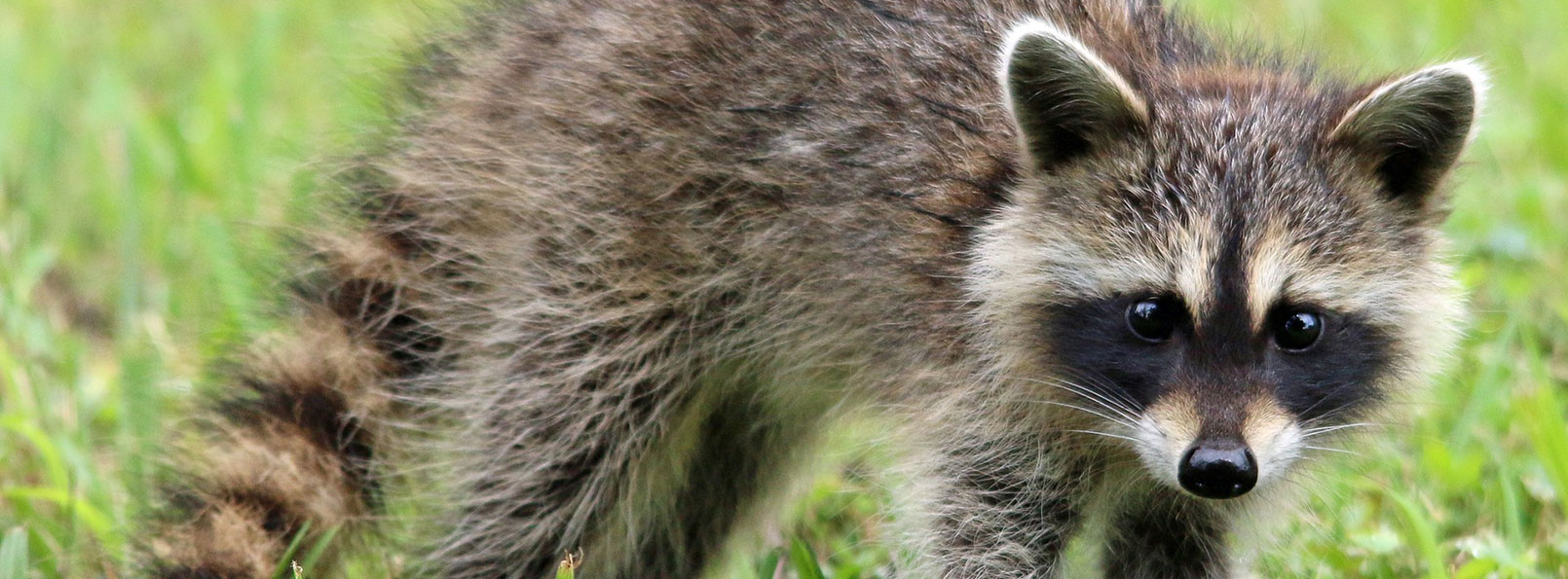Back in September the Ministry of Natural Resources and Forestry (MNRF) obtained a permit to remove close to 100 raccoons that were being kept in a rehabilitation facility called “Mally’s Third Chance Raccoon Rescue”. *Our original Article here* The MNRF states that this charity violated the Provincial Wildlife Conservation Act and was not meeting their regulations as wildlife custodians; which is why the animals in their care were seized. Although Mally’s Raccoon Rescue wholly denies these allegations, there are certain aspects of the videos posted that don’t quite add up. What we are questioning is why did they have so many animals in their care, is housing so many animals together risking spread of disease, and why were kits being taken into custody at this time of year? There are many reasons why this raid may have happened and this article will help to explore those reasons.
In Ontario, the law for wildlife custodians states that “wildlife custodians are legally authorized to provide temporary care for sick, injured, or orphaned wildlife so they can be returned to the wild.” The key word in this statement is temporary. This facility had close to 100 animals in captivity and many of the animals in the pictures seen, appear to be in perfectly stable condition to be released into the wild. Raccoons or other animals in captivity can easily become domesticated. This poses a large problem because they can become reliant on humans for food and shelter and become unable to survive on their own successfully. This leaves us to question if these animals are being kept in captivity longer than they should be? Also with so many animals housed together are they risking the spread of disease?
Raccoons can carry many different diseases including rabies, canine distemper, raccoon paraviralenteritis, and infectious canine hepatitis. Legally, only adult raccoons found within 1 km of each other can be housed together. The rules for immature raccoons differ except in areas where rabies is high risk, in which case the area remains at one kilometre. This facility seems to have many raccoons housed together. What we are questioning is whether six plus raccoons in need of rehabilitation were really found within one kilometre of each other? Or are these animals being housed together due to lack of space in the facility. 100 raccoons is a lot of raccoons to house at once and rules may have been broken in terms of housing requirements in order to accommodate so many animals. Are each of these animals being tested for the many diseases they carry and could spread amongst the population and are they being placed in isolation and quarantine accordingly? The amount of raccoons in captivity leans towards a lack of space and therefore an inability to properly separate animals found more than one kilometre apart and those in need of isolation. Both the number of raccoons seized from this facility and the fact that raccoon kits were found at this time of year really makes us wonder what is really going on here.
Raccoon kits are typically born, at the latest, by the month of may. The gestation period for a raccoon is 90 days and it typically takes between 2 and 3 months for a raccoon kit to be weaned from its mother and become fully self sufficient. The question in our minds is why are we seeing raccoon kits at such a young age (less than 3 months old) being taken into custody by the MNRF at the end of September? Any raccoon born in the wild should have been large enough for self sufficiency by the time this raid was performed. This leaves to question whether the raccoons in custody were mating and being breed during their stay in this rehabilitation facility. The law states that “wildlife custodians shall ensure that wildlife kept under their authorization cannot physically contact other wildlife held at their facility, except where conspecifics are housed together for socialization purposes.” In the wild, male and female raccoons do not cohabitate after breeding therefore should not be housed together in a rehabilitation facility. Male raccoons often only group together with the same sex during the non-breeding season, and females typically are solitary animals. Was this facility breeding raccoons? Were the raccoons in captivity ever being released back into the wild? And if so were the animals being released housed so long that they were unable to be self sufficient? These are questions we hope to have answered in the coming months from the MNRF.
Here at Hawkeye, we care about the welfare of animals, but also understand that wildlife conservation, trapping and hunting are services that help to maintain the populations of animals such as raccoons. As it stands, Toronto alone has over 200,000 raccoons. Due to the amount of diseases they carry and the destruction they cause in the homes of Toronto residents, keeping this population at a reasonable level is important to the welfare of our cities. Do we really want to be breeding these animals in captivity to then be released into the wild to get back into our attics?
If you are experiencing issues with raccoons in your home, Hawkeye is here to help. All of our technicians are licensed wildlife trappers and can help you solve your problem permanently. For more information call us today at 416 HAWKEYE or visit our contact page.














